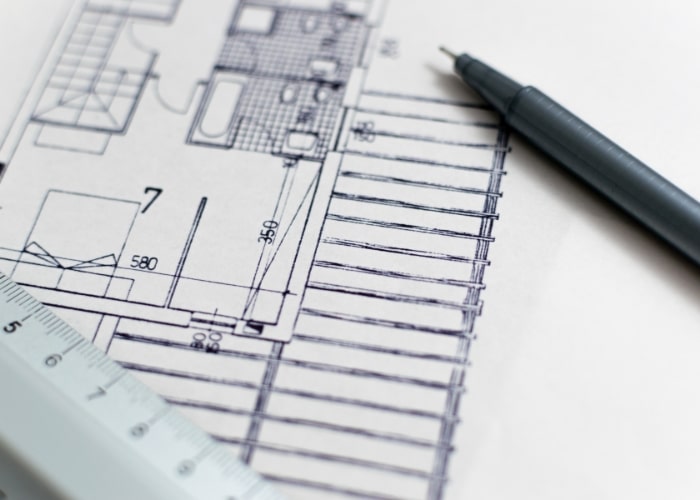
A dementia village is a customised living environment for individuals with dementia who require residential care.
Foremost among them is De Hogeweyk, established by visionaries Yvonne van Amerongen and Jannette Spiering in The Netherlands. The genesis of this concept dates to 1992, and since then it has been expanded worldwide.
Substantial research into the impacts of De Hogeweyk have resulted in a greater understanding of the factors that have contributed to its success – including architectural considerations for residential environments catering to individuals with dementia, whether in dedicated dementia villages or within aged care homes.
Prosthetic Environment
In seniors living settings a ‘prosthetic environment’ refers to the array of amenities and physical surroundings designed to assist residents and their carers to compensate for the loss of cognitive abilities associated with dementia.
The building design may contain sensory and distinctive lifestyle features familiar to individuals coping with dementia. A prosthetic environment is represented by the 1998 film, The Truman Show. The story depicts the protagonist, Truman Burbank, growing up and living in a picturesque neighbourhood with idyllic residents, yet he was unaware that his entire environment was an elaborate television film set.
The amenities incorporated into a dementia village or within a residential aged care facility may include retail, entertainment, hospitality and simulated workspaces.
At Australian Unity’s recently opened Walmsley Residential Aged Care Facility in Kilsyth, Melbourne, Foreground Architecture created a simulated train carriage within the memory support (dementia wing) of the facility. The shared space included seating and integrated LED screens built into walls to emulate a train carriage. A variety of rolling landscapes are played on a video loop to simulate the view out from a train carriage.
While to some this may seem insensitive, such an environment can offer immense support for the physical and mental wellbeing of residents living with dementia.
Cognitive Mapping
Cognitive mapping involves the mental process of creating internal representations of physical spaces, aiding navigation and understanding of environments, which is particularly significant for individuals with dementia.
The design of an aged care residence can adeptly respond to cognitive mapping through deliberate design interventions thus allowing residents to form coherent mental maps of their surroundings.
Visual cues inform this mapping, such as a retail strip differing from a residential street; wider roads suggesting main streets in contrast to narrower side streets; spacious lobbies in contrast to intimate corridors; hierarchy of signage; lighting; and much more.
When appropriately incorporated into aged care residences, such visual cues are known to reduce anxiety and significantly assist with way finding among residents living with dementia.
Salutogenesis
Initially explored by medical sociologist Aaron Antonovsky, originating from his study of Holocaust survivors and prisoners of war probing their remarkable capacities for survival and health preservation, ‘salutogenesis’ applies to dementia design by introducing a sense of purpose.
By sensibly tailoring the built environment, one can amplify the salutogenic influence. Introducing spaces for ‘meaningful’ activities – the simplest of which may accommodate video gaming or tinkering – regardless of its outcome.
In more elaborate settings, these may include limited interaction or integration with surrounding communities.
This sense of purpose has demonstrated an increase in life expectancy among residents with dementia.
Surveillance
Achieving a delicate balance between safeguarding personal safety and preserving autonomy is another important consideration.
Designing for passive surveillance is key. Through considered spatial layout that orchestrates optimal, unobtrusive visual connectivity between caregivers and residents, the reliance on intrusive electronic monitoring can be curtailed thus supporting dignity and privacy while ensuring attentive care.
Design of facilities to prioritise dignity, wellbeing and autonomy for those navigating the complex landscape of dementia should be considered fundamental to every future residential aged care home.
Riordan Gough, Director, and Patrick Ong, Principal Seniors Living
Foreground Architecture